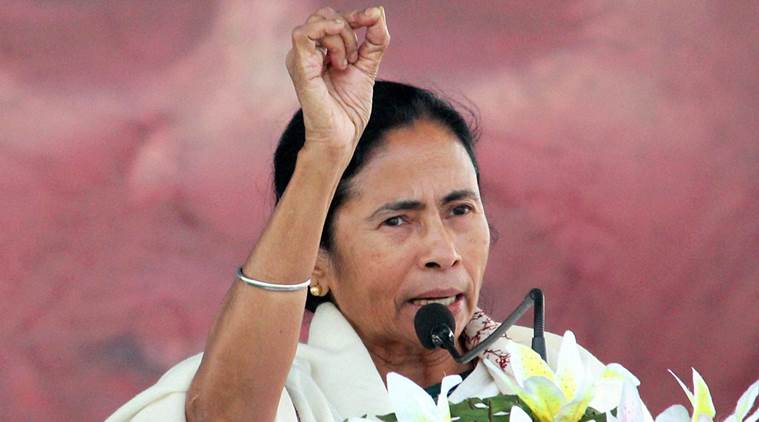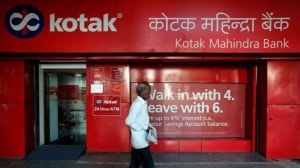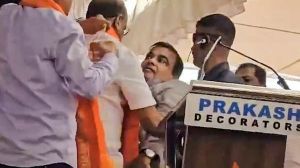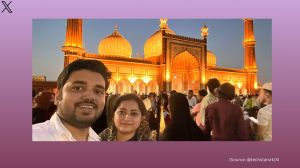- India
- International
West Bengal: Manifesto in Santhali but tribals ask for basics first
Santhals form the largest tribe in Bengal’s tribal demographic of 7.8 per cent; a third of the population in these three districts is Santhal.
 File photo West Bengal Chief Minister Mamata Banerjee
File photo West Bengal Chief Minister Mamata Banerjee
Mamata Banerjee has often stressed her party is the first to have released its election manifesto in the Santhali language and Ol Chiki script, a move aimed at securing the tribal vote in West Medinipur, Bankura and Burdwan. The manifesto, however, has only ended up fuelling a debate whether the Bengali majority patronises the community.
Santhals form the largest tribe in Bengal’s tribal demographic of 7.8 per cent; a third of the population in these three districts is Santhal. Santhali was listed as an official language in 2003 when it entered the Eighth Schedule; the state had recognised it as a language in 1979. Immediately after taking charge, Mamata’s government began schools with this language as the medium. In its new manifesto, it has promised a new syllabus with Oi Chiki until class X in the state board.
But Mamata’s claims have often been questioned by the community. The existing tribal schools in the area don’t have enough teachers to teach in the language. The course material remains in Bengali, merely written the Ol Chiki script.
[related-post]
Belpahari High School, set up in 1947, is one of the few HS institutions to teach in Santhali. It has no classrooms for its 200-odd pupils. “We have managed two rooms for them. But we have only two teachers for the language and four different classes. So, two classes are taught at one time by one teacher,” said Somnath Dwivedi, principal.
“There is no separate syllabus,” Uttam Kumar Hansda, the Santhali teacher, “but the same course material in Bengali and written in the Ol Chiki script.”

At Jambani primary school, set up in 1924, the medium is Santhali, but there are only two teachers instead of the mandated six. Only one teacher is appointed for Santhali, and headmaster Sukumar Soren pitches in. “The children come from very poor families. If I don’t teach them, they won’t learn.”
Protests against the government had broken out in West Medinipur when the subsidised tribal schools were handed over to the Ramakrishna Mission. These Eklavya schools are funded by the Centre in West Bengal and it spends Rs 4,200 every month on each school. Sukumar Hansda, Minister for Tribal Development, had denied allegations that this was an attempt to “Hinduise” the tribals and said the decision had to do with “unsatisfactory results.”
“Bengalis still think of us as an extension, of them, an inferior one,” said Niytananda Hembram, head of Bharat-Jakat Majhi Pargana Mahal, highest body of the Santhal community in four states, and incidentally a Trinamool candidate from Jhargram in 2004. “The education imparted in Santhali follows that pattern,” he said. He stressed cultural independence: “We believe that if we don’t know who we are and where we come from, we are nothing. Mamata had promised 500 Santhali schools, 1,800 teachers in the language and colleges where research could be done. Where are these now? A manifesto in our language can’t be a quick fix solution.”
Apr 24: Latest News
- 01
- 02
- 03
- 04
- 05







































